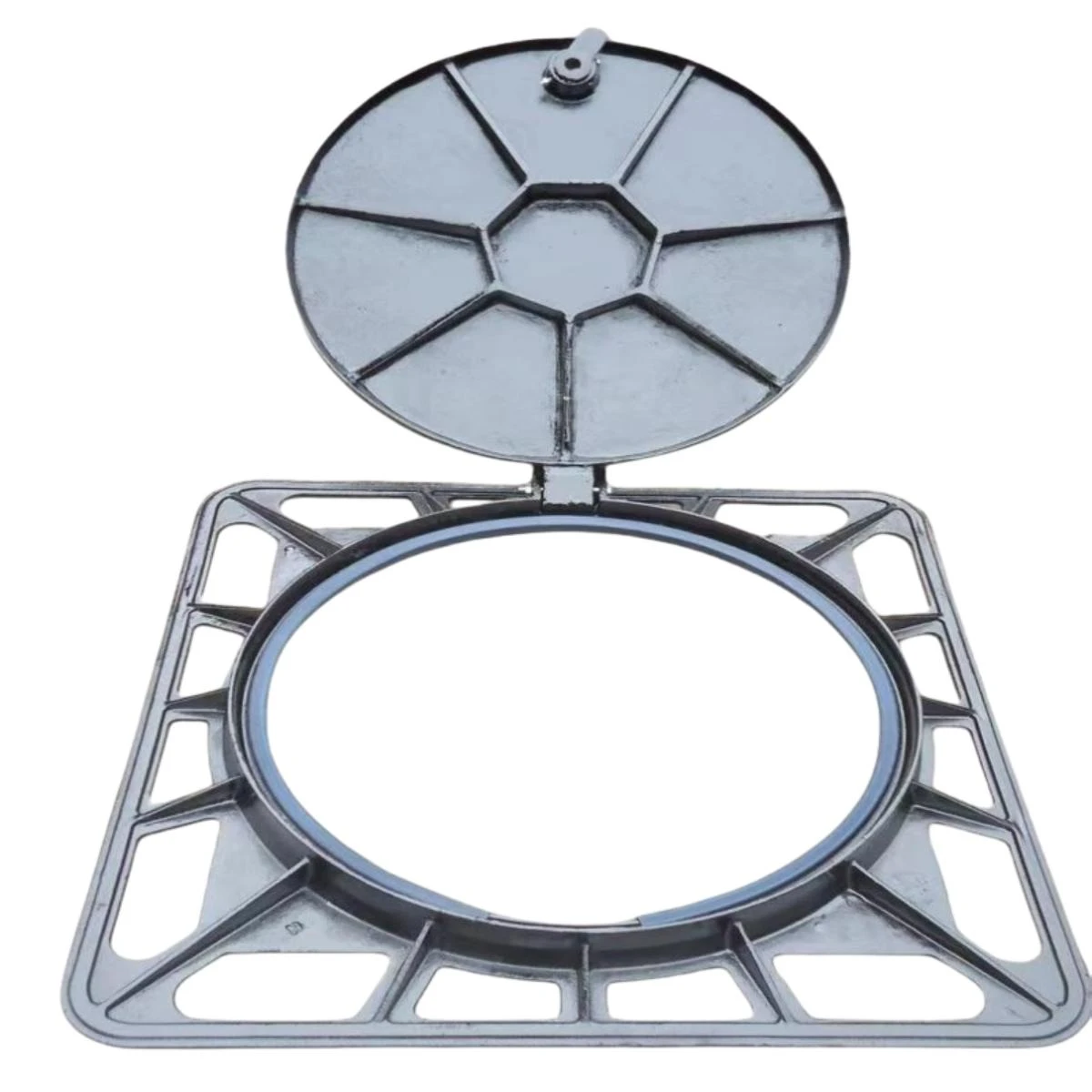The Impact of Bollards on Urban Design and Safety Strategies
The Bollard A Simple Yet Significant Urban Fixture
In the bustling landscape of urban environments, where the clash of commerce, transportation, and pedestrian life creates a vibrant tapestry, certain features often go unnoticed yet serve critical functions. Among these is the bollard—an unassuming yet vital fixture that plays a significant role in modern cities.
Historically, bollards were initially used by ships and boats as mooring posts in harbors. Made from wood or metal, they were designed to secure ropes, keeping vessels stable against the ebb and flow of tides. However, the evolution of urban design has transformed the humble bollard into a multifunctional tool essential for safety, aesthetics, and organization within modern cityscapes.
Today, bollards can be found in various settings—from busy streets and sidewalks to parks and public squares. Their primary function has shifted towards providing a protective barrier, safeguarding pedestrians from vehicle traffic. With the increase in urban density and the rise of outdoor dining and pedestrian-only zones, bollards have become crucial in delineating spaces and preventing vehicular access. They act as guardians, ensuring the safety of those walking and enjoying city life.
In terms of design, bollards come in a plethora of shapes, sizes, and materials. From concrete and metal to more innovative designs using recycled materials or artistic flair, these fixtures contribute to the aesthetic appeal of public spaces. Cities are increasingly recognizing the potential of bollards beyond their functional use, integrating them into urban art initiatives. Artistic bollards serve not only as protective barriers but also as visually engaging elements that enhance the character of neighborhoods.
the bollard

Moreover, the versatility of bollards is notable. They can be fixed, removable, or retractable, offering flexibility in how spaces are manipulated. For example, retractable bollards allow for access to emergency vehicles while restricting other traffic, maintaining safety without compromising accessibility. In some cases, solar-powered bollards equipped with LED lights provide illumination at night, enhancing safety further and adding a contemporary touch.
The rise of vehicular threats in urban areas has transformed the conversation around security. As cities strive to protect public spaces from potential attacks or accidents, security bollards have gained prominence. These bollards are specifically engineered to withstand impacts, providing robust protection in high-risk areas, such as government buildings, event spaces, or crowded public markets.
As cities continue to evolve and grapple with issues of safety, accessibility, and sustainability, the role of the bollard will undoubtedly adapt. Urban planners and designers will need to balance functionality, safety, and aesthetics, ensuring that these fixtures contribute positively to the overall urban experience.
In conclusion, the bollard, often overlooked in the shadow of more prominent infrastructure, is a testament to how simplicity can play a crucial role in urban life. As cities continue to grow and change, understanding the significance of such basic elements is essential. The evolution of the bollard represents not just a response to practical needs but also an opportunity to enhance the beauty and safety of our shared public spaces. Thus, the humble bollard stands as a silent sentinel in the ever-busy world of urban living, embodying both function and form amidst the chaos of city life.
-
The Smarter Choice for Pedestrian AreasNewsJun.30,2025
-
The Gold Standard in Round Drain CoversNewsJun.30,2025
-
The Gold Standard in Manhole Cover SystemsNewsJun.30,2025
-
Superior Drainage Solutions with Premium Gully GratesNewsJun.30,2025
-
Superior Drainage Solutions for Global InfrastructureNewsJun.30,2025
-
Square Manhole Solutions for Modern InfrastructureNewsJun.30,2025
-
Premium Manhole Covers for Modern InfrastructureNewsJun.30,2025
